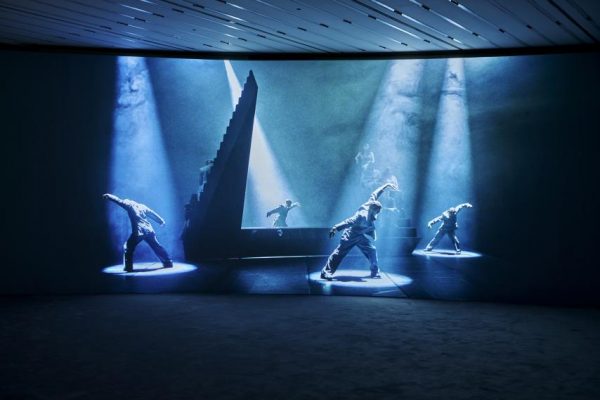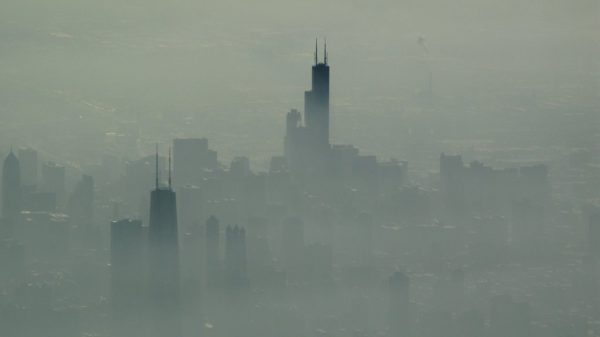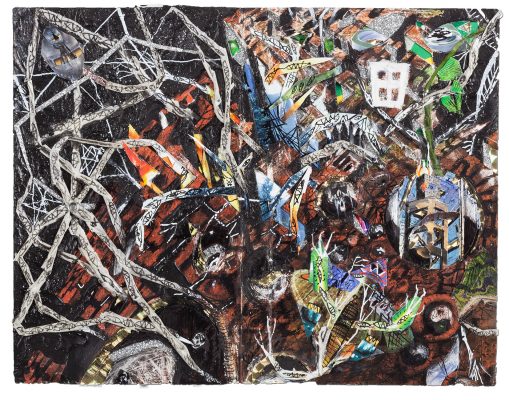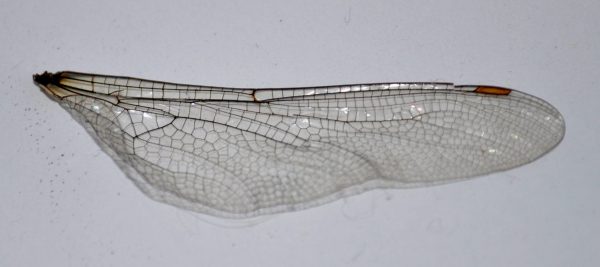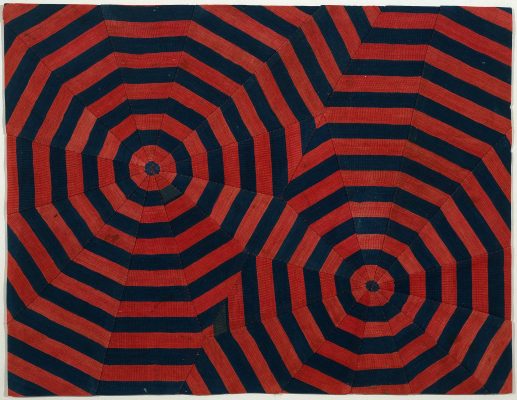Image: ‘visionary company’ (2021) by Wu Tsang, at Lafayette Anticipations © Pierre Antoine
On entering Visionary Company (2020), Wu Tsang’s exhibition at Lafayette Anticipations in Paris, visitors walk down a curving, carpeted pathway that resembles a backstage corridor. In The show is over (2020), a film by Wu Tsang made in collaboration with the poet Fred Moten, the camera follows a set of bodies that move around a stage. The floor is wet with mud, and the bodies bask in a dark blue light. Nearby, Tsang has placed a sculpture which takes the form of an illusory Penrose triangle, an impossible object that appears as a motif in The show is over (2020). To make the film, Tsang translated Moten’s poetry into choreography, the choreography into film, the film into sculpture – all blending into one space.
Tsang works across many mediums, but her recurrent lines of inquiry are translation and community building. While studying at the University of California in the late 2000s, Tsang lived in McArthur Park, a historically Latinx and Asian neighbourhood, and one of the poorest areas of Los Angeles. She came across Silver Platter, an unassuming bar and home to Latin gay and drag communities since the 1960s. It was there that she co-created Wildness in 2008, a weekly club night for experimental performance and electronic music, eventually producing the documentary WILDNESS (2012). The film cast a reflexive gaze on the club night, raising complex questions of responsibility and privilege.
Tsang’s practice continues to expand through kinship. In 2014, she began working with performer Tosh Basco (also known as boychild) on the sci-fi film A day in the life of bliss (2014–ongoing). It follows Blis (played by Basco), a young pop star by day and underground performer by night, who navigates a world where thoughts are controlled by centralised artificial intelligence. Two years later, Basco and Tsang co-founded Moved by the Motion, a collective with fluctuating members – including the dancer Josh Johnson, an early Wildness collaborator, musician Asma Maroof and Fred Moten. The collective is shaped by experimentation and friendship. Eight members of the group joined Tsang in Switzerland in 2020, to share the role of director in residence at the Schauspielhaus theatre in Zurich.
I spoke to Tsang in April 2021, when she was in Nova Scotia, preparing to shoot the film Anthem (2021), this time collaborating with the singer and trans activist Beverly Glenn-Copeland. A year later, the film was projected on a 84-foot curtain in the Guggenheim’s curved rotunda, as part of the solo show Anthem (2021). Glenn-Copeland is seen playing instruments and singing, his image imbued with a spectral quality on the undulating curtain, his a cappella chanting transforming the rotunda into a sonorous cavern. Meeting on Zoom, as the sun warmed the trees in Nova Scotia, I spoke to Tsang about collaboration, translation, and the Chinese poet and revolutionary Qui Jin.
